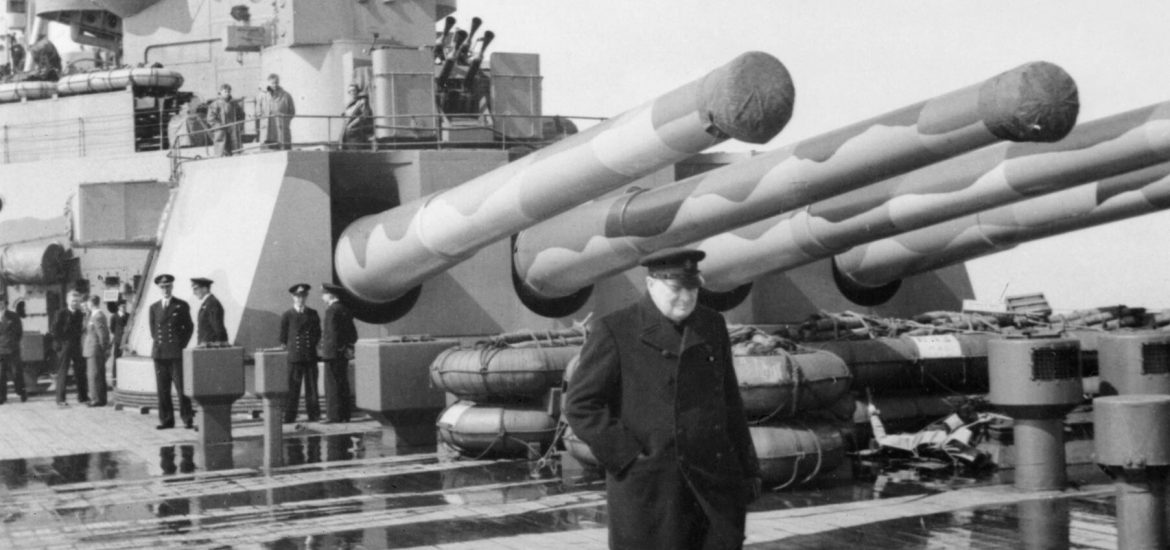
This article is the first part of a two-part analysis that examines how national security interests have hastened energy transitions in the past and might drive the current-day transition.
Global belief that the world is transiting to cleaner energy sources stems from two assumptions. First, exciting new technologies has made renewables, especially solar and wind, cheaper and more accessible, and electric vehicles have captured the popular imagination. Second, concern about climate change has galvanized political leaders to shift their energy regimes, as evidenced by the Paris Climate Agreement.
Why then do fossil fuels – oil, gas and coal – still account for over 80% of global energy consumption and for two-thirds of carbon emissions? Why isn’t the current transition happening more quickly?
Lessons from past transitions from one dominant energy source to another yield helpful insights. In both the transition from wind to coal in the nineteenth century and from coal to oil in the twentieth century, commercial advantages and technological breakthroughs were essential, but only after national security concerns drove governments to convert their navies to coal and then to oil. Securing abundant, available, and affordable supplies – coal-supply and oil-supply security – became a national interest in this context and then propelled the discovery and exploitation of vast new resources.
Most analysts acknowledge that policy will have to drive today’s transition, but few mine the topic of national security to find answers when it has driven past transitions and is already driving the current-day one. This piece looks more closely at these past transitions.
Raison d’Etat
Individual countries, most recently the United States under President Trump, have revealed a timeless truth about multilateral energy initiatives: states will leave them to secure their strategic interests. Countries that see renewables as advancing their hard power interests will lead the way in the transition. The soft power accrued from being green does not catalyze action.
China and Germany have embraced renewables out of hard power interests: reducing the fiscal, environmental, and social costs of using and importing fossil fuels. China relies on oil and gas imports from risky jurisdictions, including the Middle East. These are, however, assured only the U.S. navy, its geopolitical rival. Renewables can reduce this dependence to a degree, lower China’s health bills stemming from high emissions, and permit it to harness its dominant position in the rare earth minerals that are central to building renewable technologies. Germany similarly relies on power for its manufacturing competitiveness, and homegrown renewable energy will reduce its import bill.
British naval power
States have acted most resolutely in energy when their national security is at stake. In the transitions from wind to coal and coal to oil, the British navy was a leading player, seeing that the new fuel could bestow military advantages.
Coal first eclipse wind in the late eighteenth century because steam could power machines, but steam power did not come to dominate seaborne transport – and lead to a revolution in global trade – until the second half of the nineteenth century. The first steamship crossed the Atlantic in 1838, and Britain launched its first steam-powered battle fleet by 1854. Britain was the world’s largest coal producer, had the largest reserves, and was the leader in coal-related technology and industry. Britain’s coal-powered fleet dominated the seas.
Britain’s embrace of oil in the lead up to the First World War, however, was far more dramatic, and revelatory of why states change energy sources. Eager to remain its naval superiority against a rising Germany, the Admiralty proactively converted its fleet. First Sea Lord Jacky Fisher pushed the construction of battleships that could burn oil as an auxiliary fuel in 1904. British Lord of the Admiralty Winston Churchill then fully committed the Admiralty to oil, building oil-only battleships and buying oil directly from the Anglo Persian Oil Company (APOC, now British Petroleum) in 1914. Oil-powered transport vehicles on land, sea, and air, proved critical to Britain winning the war.
Supply security brings low prices
Britain’s decision to move to oil was revolutionary. The country abandoned a natural wealth in coal, not mention entrenched business interests, for an entirely new fuel in oil. It did so, of course, because oil offered strategic advantages – greater speed, acceleration, and longevity – that could defeat the coal-powered German navy. The British were not alone in seeking oil for their navy; Germany and the United States also tried to convert their battleships entirely to oil. Neither had, however, the security of supply to complete a full transition until the 1920s.
The British, German, and American search for oil-supply security before, during and after the war and then by others later created vast new supplies on the global market in the 1920s. These abundant supplies kept prices low and enabled a wider transition in the commercial transportation and power sectors.
Oil, meanwhile, grew in strategic importance. In 1941, Hitler invaded Russia to knock the latter out of the war but also to get Baku’s oil. He also championed a synthetic fuels industry to increase Germany oil-supply security, on which his army depended. Japan’s rush to the Dutch East Indies after the U.S. embargoed oil supplies to the island nation was entirely about oil. The Japanese were getting over 90% of their supplies from imports, mostly from the United States.
What next?
The military transport sector, therefore, propelled past energy transitions. Must today’s transition originate there as well?
Not necessarily. Today’s transition, for one, involves many different sources, not simply the transition from one dominant one to another. It is also driven by the power sector. Thus far, commercial, entrepreneurial, and technological factors are getting more attention than strategic ones. This may seem to give us, as individuals, a sense of agency over the fate of our planet, but we would also be served by better understanding how top-down, national security interests can drive the transition.
Next week I will look more closely at how national security interests are shaping the energy transition and speculate about how they might redirect our energy future.





